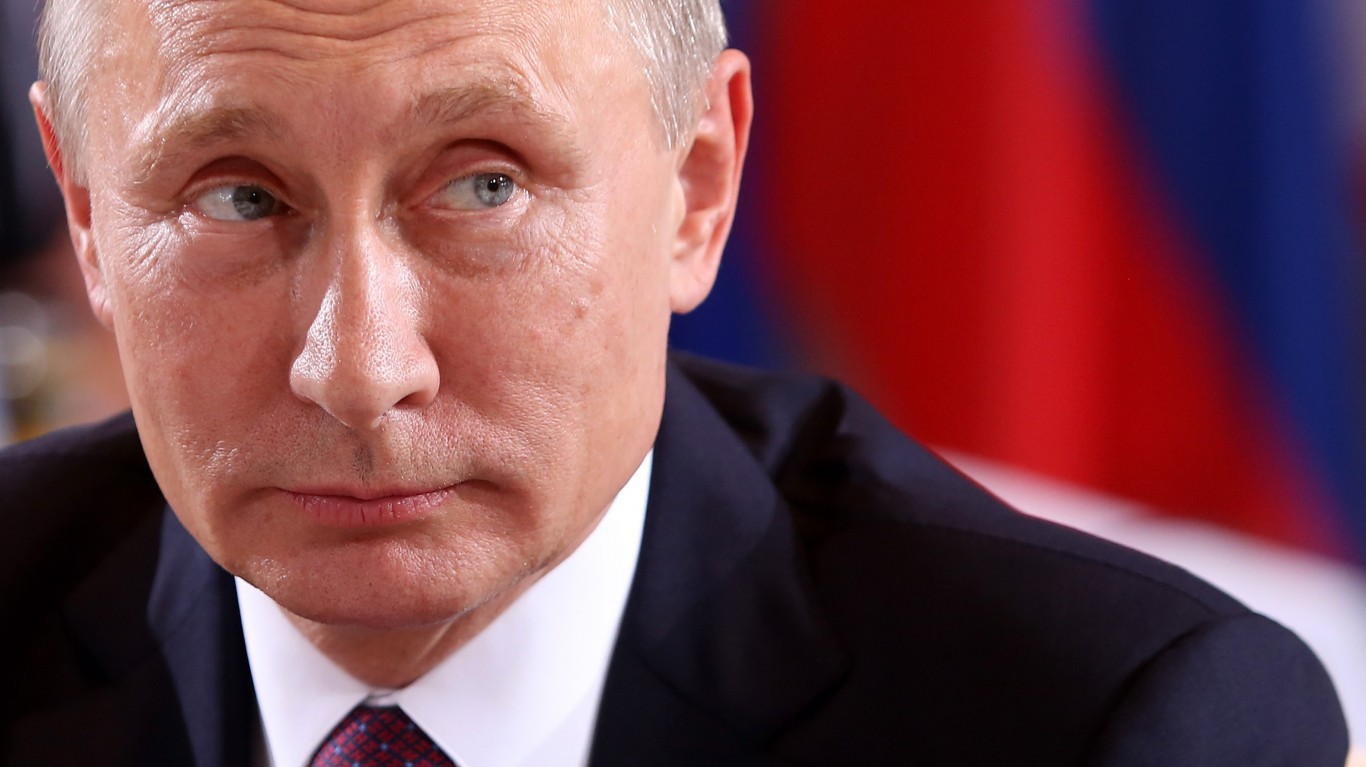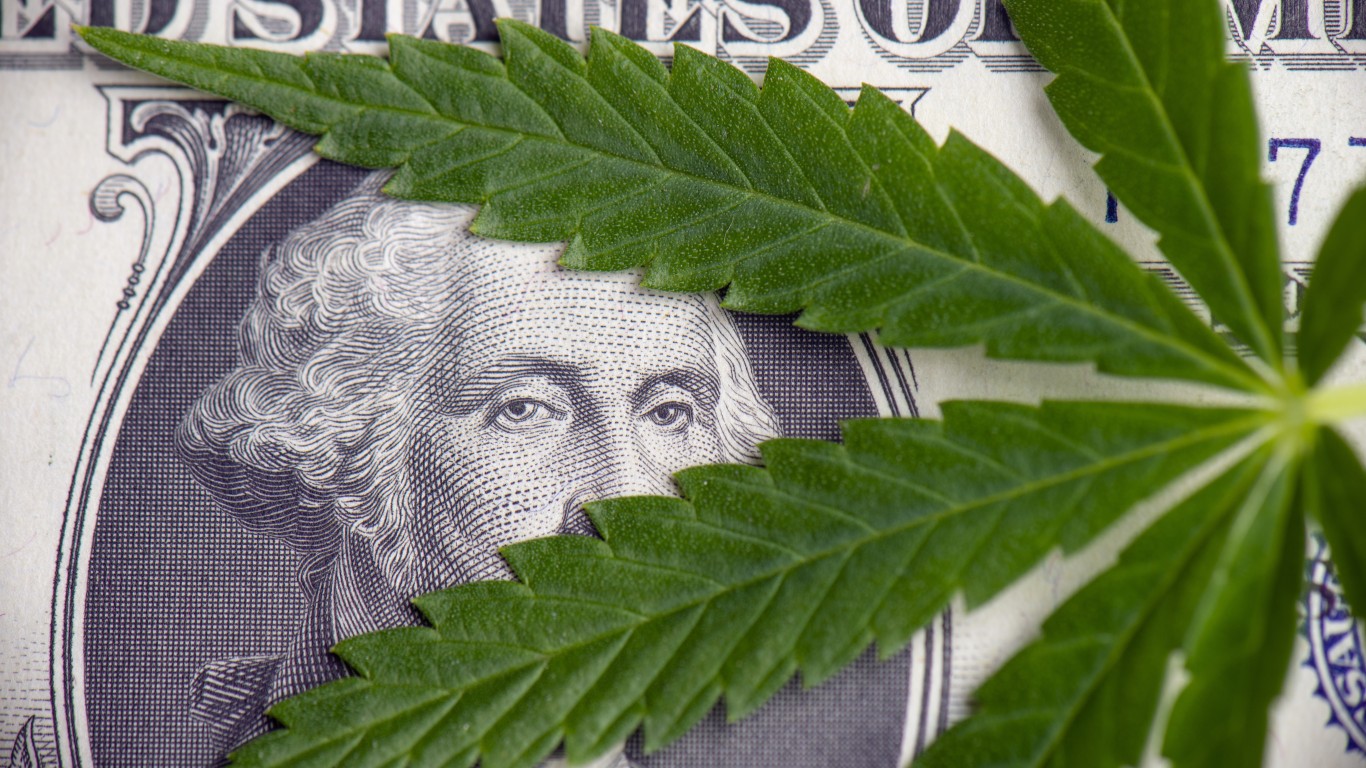
Saudi Arabia has been pushing hard to move up a meeting of the OPEC+ oil ministers scheduled for next month. The drop in demand for crude, largely attributed to the coronavirus outbreak in China, has sent the price of Brent crude plunging by around $10 a barrel since mid-January.
The Organization of the Petroleum Exporting Countries and its partners, the most important of which is Russia, can’t even agree on if an emergency meeting is necessary. That implies that there’s even some question of whether, in fact, this is an emergency.
From Russia’s point of view, the drop in demand is clearly not an emergency. The country says it wants more time to determine the impact of the coronavirus outbreak on future demand. Meanwhile, OPEC’s technical committee met last week and proposes a further production cut of 600,000 barrels a day.
As the production situation now stands, the OPEC+ agreement has sliced daily output by 1.7 million barrels a day below its level in October 2018. Saudi Arabia has voluntarily cut an additional 400,000 barrels a day from its production, bringing the total reduction to 2.1 million barrels a day.
Russia is in no hurry to limit production further because it hasn’t yet figured out a way to agree to a cut without actually having to reduce production. Russian oil production reached an all-time high of nearly 11.3 million barrels a day in 2019. In late 2016, when Russia joined the OPEC+ cartel, the country’s production was 10.99 million barrels a day.
It’s all down to the way OPEC lets Russia count barrels. When Russia agreed to cut 300,000 barrels a day from production beginning in January 2017, the cut was based on monthly production that had been growing steadily and had reached a new high.
When Russia agreed to cut an additional 240,000 barrels a day beginning in January 2019, it did so on the same basis, using a monthly production value that exceeded its annual. Anna Belova, senior oil and gas analyst at GlobalData, summed up how Russia has seemed to comply with the OPEC+ production cuts:
The overall effect is that the country was in compliance with the OPEC+ production cuts based on elevated reference levels, while simultaneously growing production from 10,978mbd in 2016 to 11,268mbd in 2019. Any future agreements on production cuts on the part of Russia will likely follow the same trend, allowing the country to grow its production base.
It was important for Saudi Arabia and OPEC to get the Russian’s onboard with production cuts in 2016, so the Russians used that to negotiate how its barrels would be counted. The net result is that Russia now has spare capacity of around 500,000 barrels a day. That’s enough to extort further concessions from the Saudis and OPEC. If the Russians pull out of OPEC+ and decide to produce and sell their spare capacity, the threat to fiscal sustainability that some Middle East producers now face only gets worse.
Russia has a strong hand and it will play it with gusto. Even if the country agrees to an immediate meeting or further cuts at the March meeting, the numbers won’t lie, even though the Russians and the Saudis might.
It’s Your Money, Your Future—Own It (sponsor)
Retirement can be daunting, but it doesn’t need to be.
Imagine having an expert in your corner to help you with your financial goals. Someone to help you determine if you’re ahead, behind, or right on track. With SmartAsset, that’s not just a dream—it’s reality. This free tool connects you with pre-screened financial advisors who work in your best interests. It’s quick, it’s easy, so take the leap today and start planning smarter!
Don’t waste another minute; get started right here and help your retirement dreams become a retirement reality.
Thank you for reading! Have some feedback for us?
Contact the 24/7 Wall St. editorial team.
 24/7 Wall St.
24/7 Wall St.



